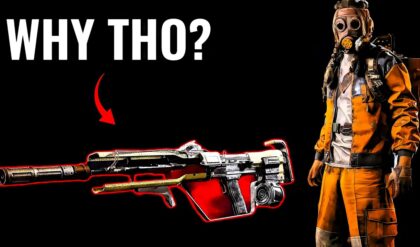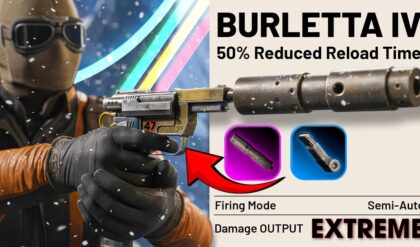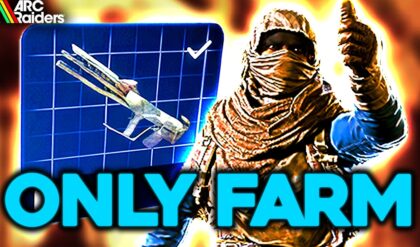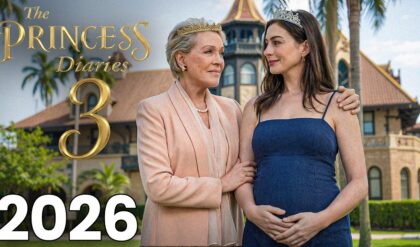25 years later, this forgotten RPG masterpiece has FINALLY returned, and long-time fans can’t contain their excitement! 😱 Are you ready for the revival?
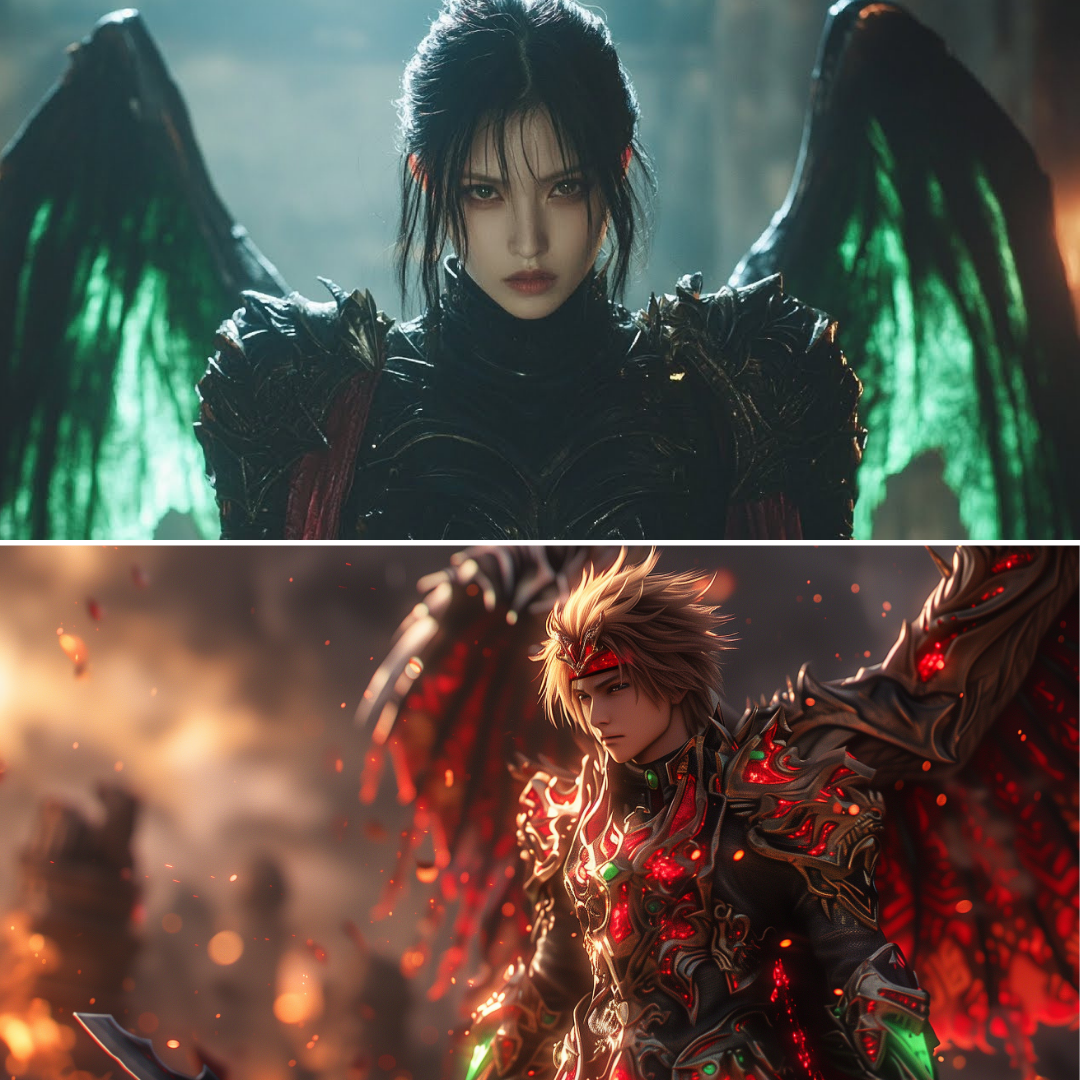
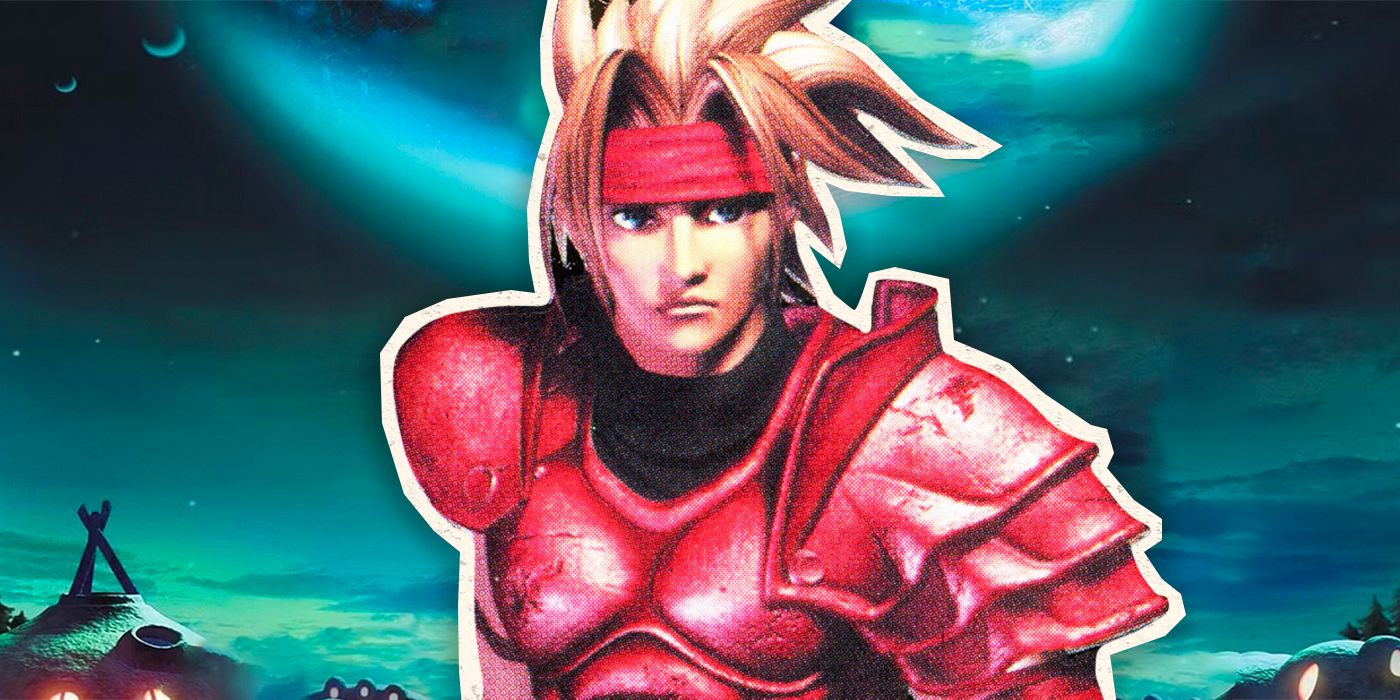
Perhaps the best video games available on the PlayStation, if not in all gaming, are the Final Fantasy games. Especially with Final Fantasy VII, the series maximized what the PS1 was capable of and created a larger story with an equally large world. The Final Fantasy games were so successful that many imitators tried to copy their success. Sony even threw its hat in the ring by releasing The Legend of Dragoon. While the game was initially spurned as a low-quality ripoff, many have come to recognize it as a worthy hidden gem in the PS1 library, though it still hasn’t received the level of attention it deserves.
The Legend of Dragoon Was Clearly Inspired by Final Fantasy
It’s a Game That Could Have Been a PlayStation Legend
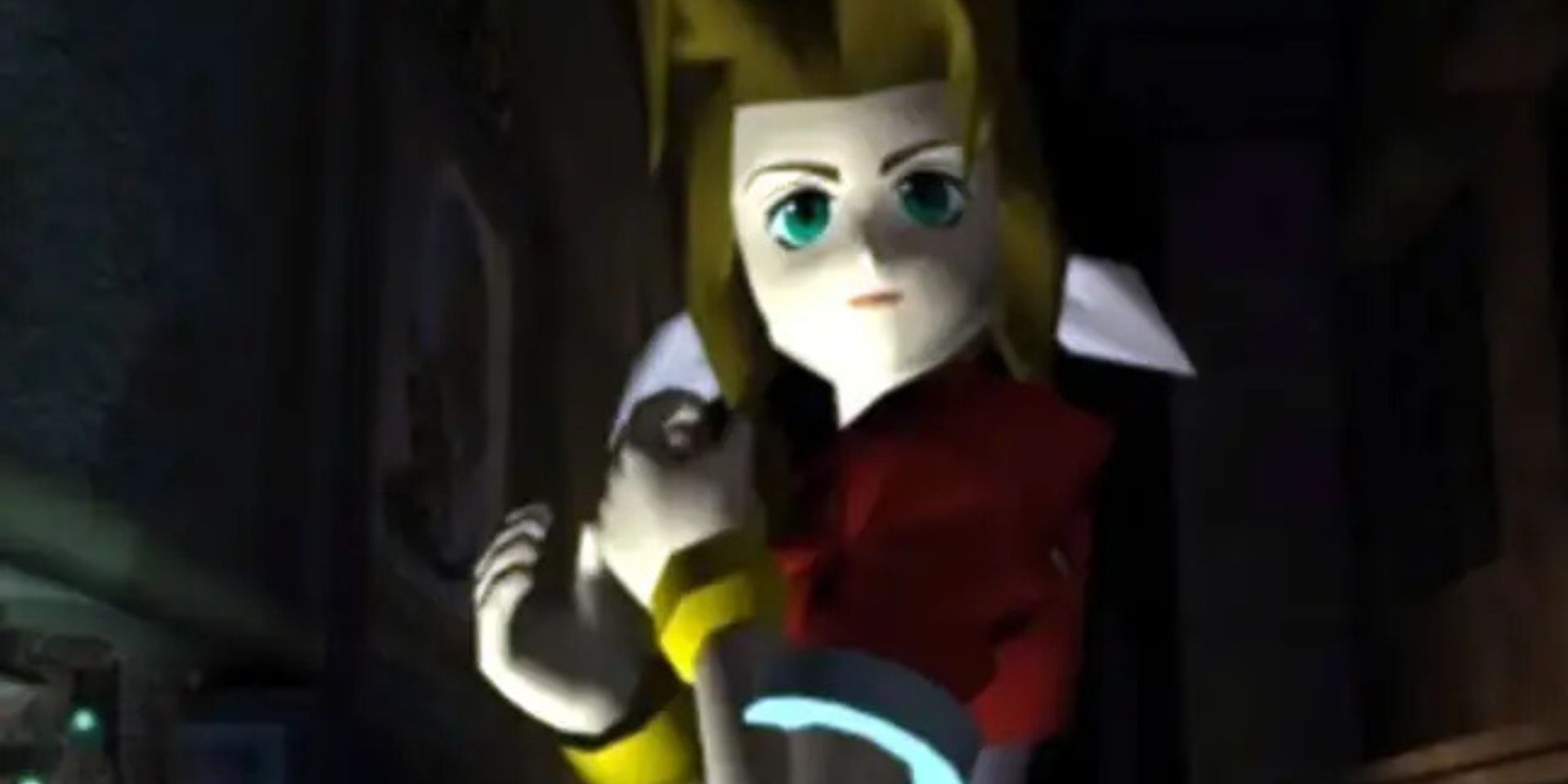
In 1997, legendary video game developer Square moved its iconic Final Fantasy series away from Nintendo’s consoles and toward Sony’s fledgling PlayStation console. This marked an important development in making Sony a dominant player in the video game industry; it helped that they published Final Fantasy VII outside Japan. The later PlayStation entries in the Final Fantasy franchise, Final Fantasy VIII and Final Fantasy IX, were nearly as successful as Final Fantasy VII, with the series becoming some of the best-selling PlayStation titles.
Final Fantasy Game
Release Date
Sales (Units)
Final Fantasy VII
Sept. 7, 1997
10 million
Final Fantasy VIII
Sept. 9, 1999
8.6 million
Final Fantasy IX
Nov 14, 2000
5.5 million
Development of The Legend of Dragoon had actually commenced before the launch of Final Fantasy VII, but the latter’s success meant production on the former ramped up by 1997. The game was developed by Sony via its in-house Japanese studios, which later spun off to become Japan Studio. It was the penultimate video game produced by Shuhei Yoshida, who had led the development of some of the most iconic PlayStation titles, including Crash Bandicoot and Gran Turismo.
Legend of Dragoon‘s budget is estimated to have been roughly $16 million, which was more than half of Final Fantasy VII‘s budget but still sizable for any video game at the time. The game launched on Dec. 2, 1999, in Japan, was released in the United States on June 13, 2000, and eventually made its way to Europe on Jan. 19, 2001.
The Legend of Dragoon Is Set in a Unique Fantasy World
It’s Clearly More Than a Final Fantasy Clone
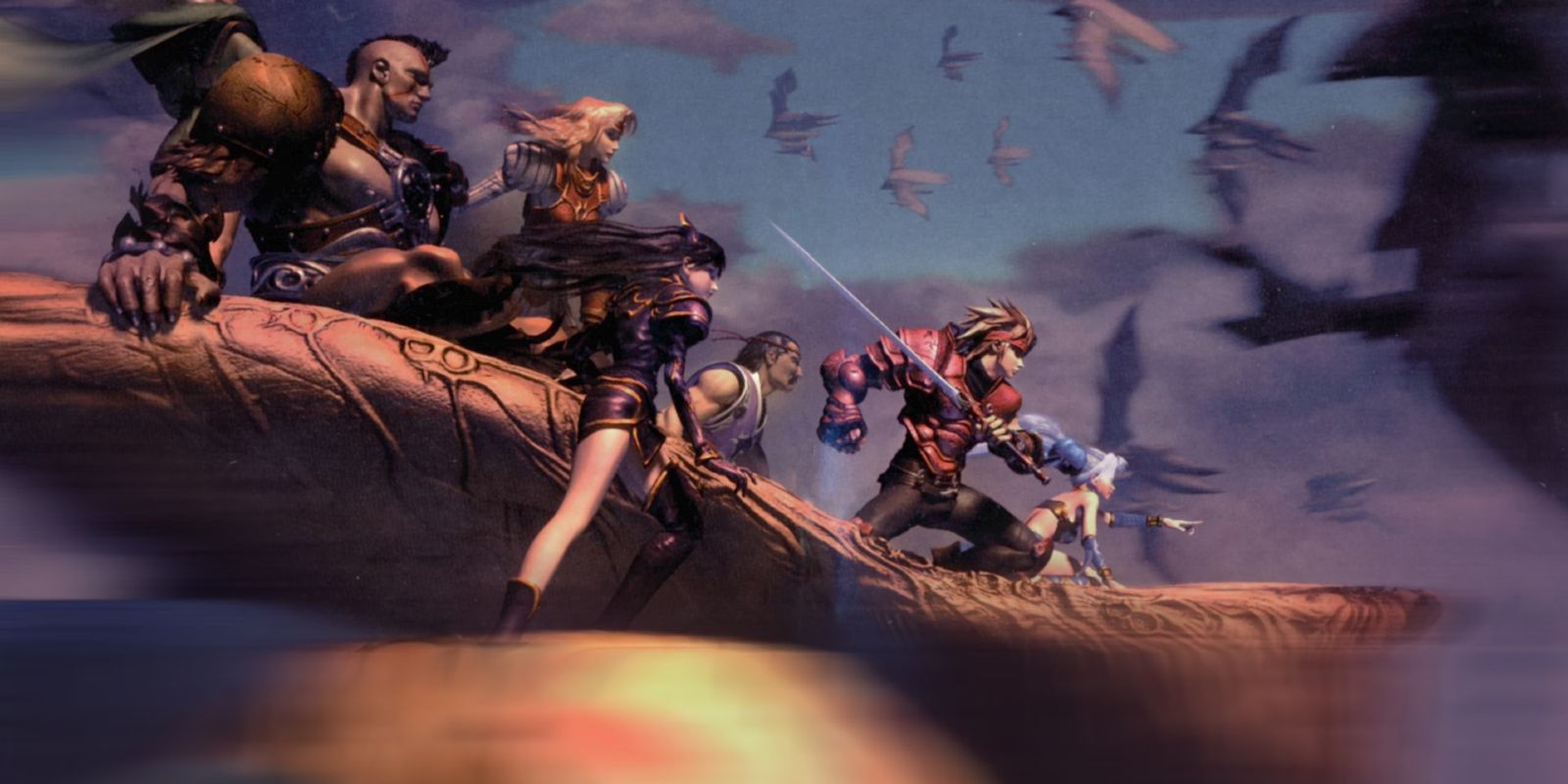
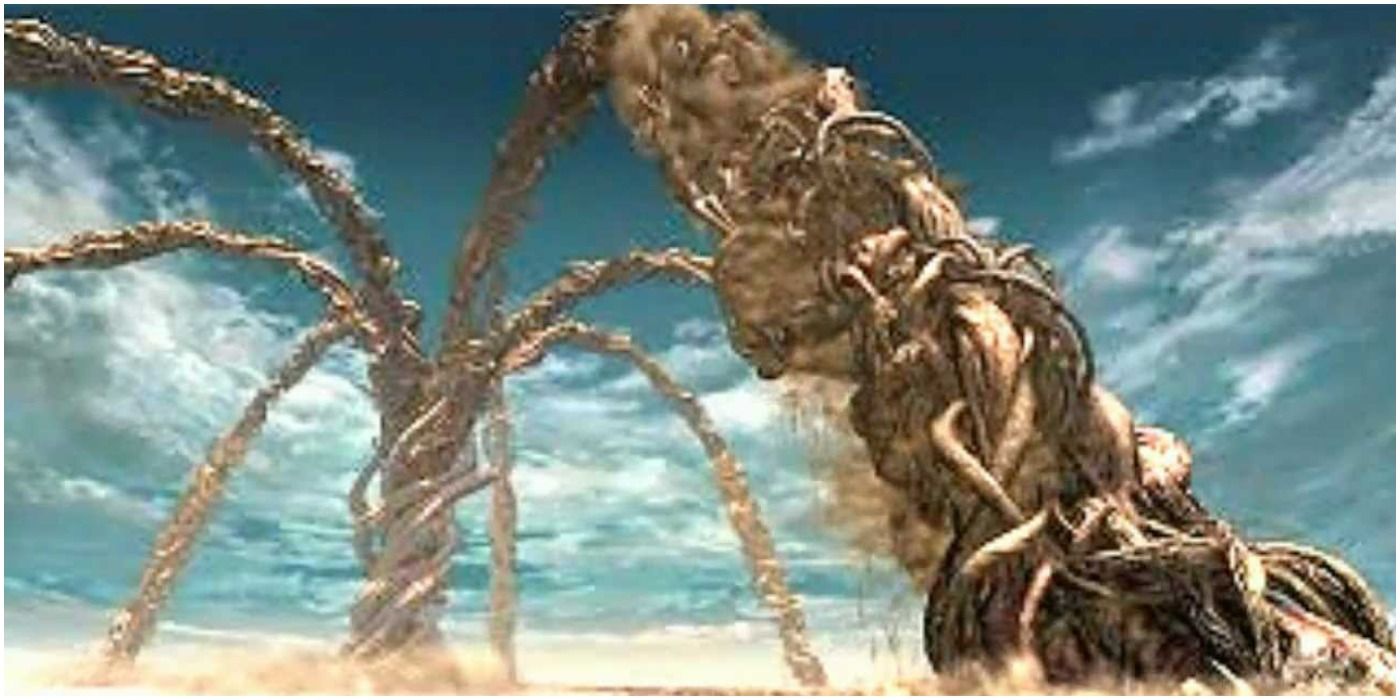
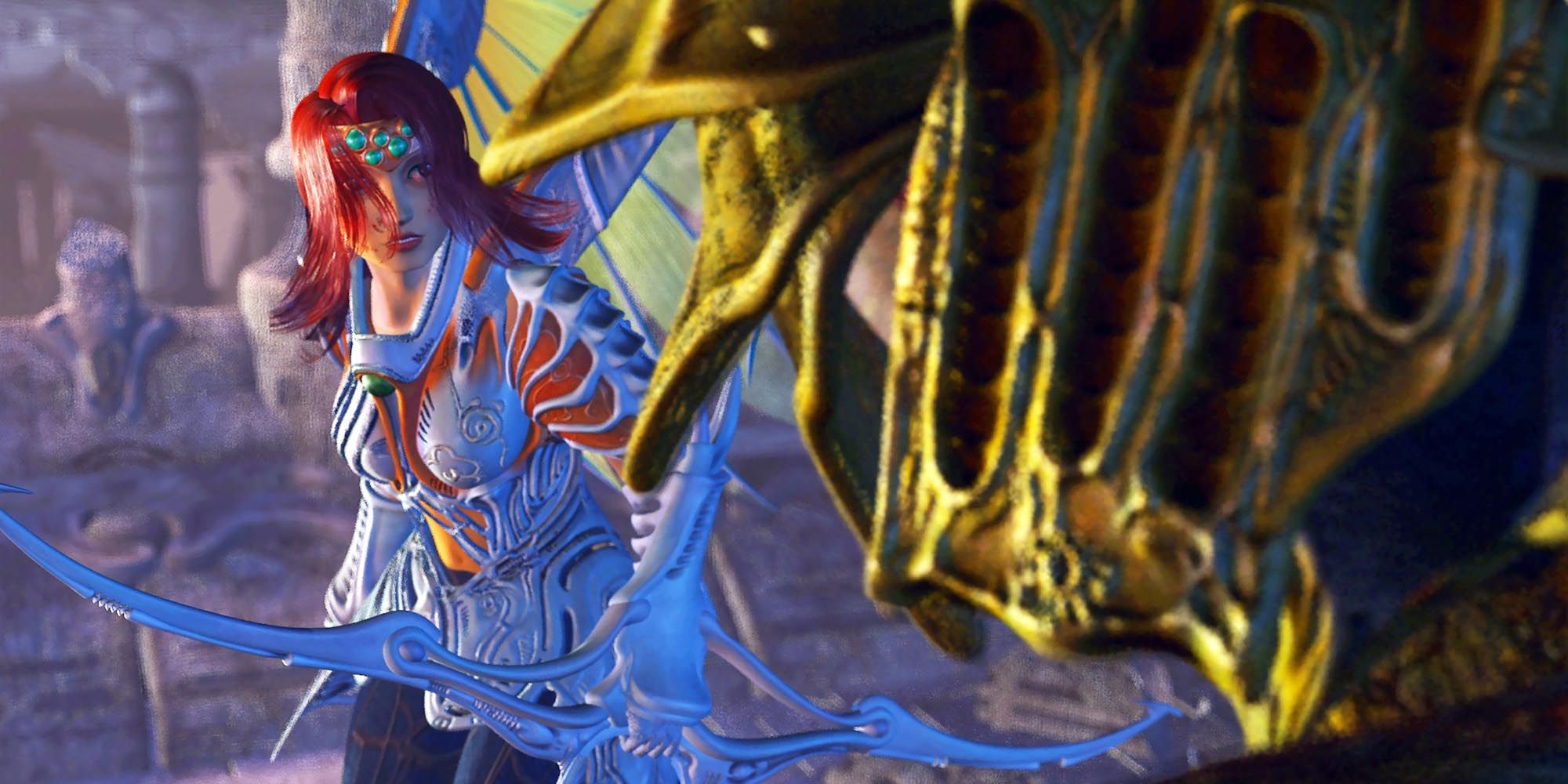
The Legend of Dragoon is set in Endiness, a fantastical world that doesn’t appear to belong to a particular time period; its aesthetics and creatures suggest a setting inspired by the Middle Ages, but there are strong steampunk influences as well. Many species inhabit Endiness, including humans and, more importantly, dragons, along with a myriad of others that contribute to the world in various ways.
The game’s main protagonist is Dart, a warrior on a quest to find a kidnapped friend. There are eight other playable characters in The Legend of Dragoon: Lavitz Slambert, Shana, Rose, Haschel, King Albert of Basil, Meru, Kongol, and First Sacred Sister Miranda. Each of these characters is forced to confront recent events that threaten to tear apart the fragile social fabric of Endiness.
The story of The Legend of Dragoon follows Dart, who, when not searching for his kidnapped friend, is also hunting the Black Monster, the creature that killed his parents when he was a young boy. Unfortunately, this search has yielded no results so far. A more immediate problem for Dart is the recent attack on his home and the destruction of his town, which prompts him to investigate the cause.
The Legend of Dragoon Lives Up to Its Name
The PS1 RPG Lets Players Transform Into Dragoons
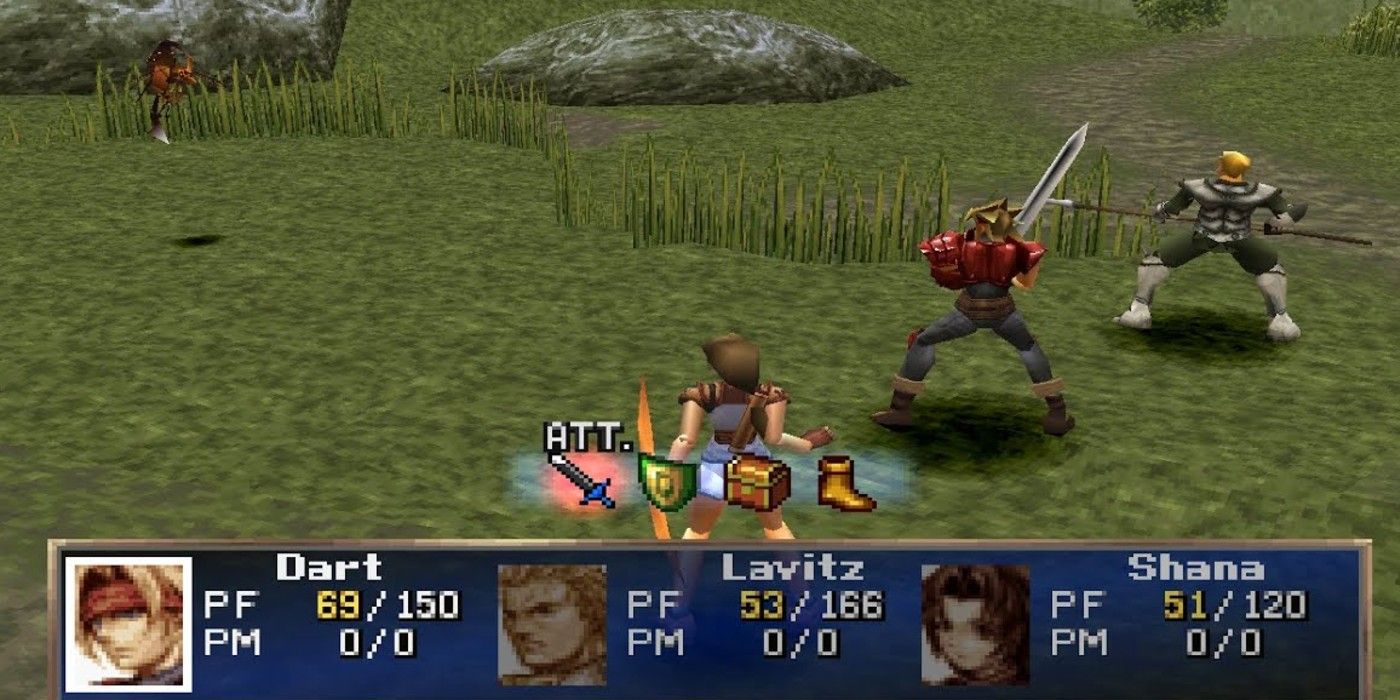
As far as gameplay is concerned, The Legend of Dragoon is initially not too different from the average JRPG, especially as a Sony-centric take on the Final Fantasy games. For one, its mapping system is similar to Final Fantasy VII in that, despite an outwardly open presentation, the paths are largely linear. In addition, there are more than enough statistics to keep players focused on collecting items and especially winning battles.
For that matter, the battle system isn’t far off from how it works in games like Final Fantasy VII, with battles occurring at random during the player’s journey. However, despite these similarities, The Legend of Dragoon stands out in one respect: the ability to transform into a Dragoon, which grants the player new and special powers.
In Dragoon form, the player deals more damage and gains greater resistance to enemy attacks. More importantly, additional attacks become available that aren’t accessible in normal human form. Overall, the Dragoon is a useful and well-designed game mechanic, since without it, The Legend of Dragoon would be almost indistinguishable from the Final Fantasy games.
The Legacy of Legend of Dragoon
The PS1 Game Has Earned a Reappraisal, But Still Deserves More Attention
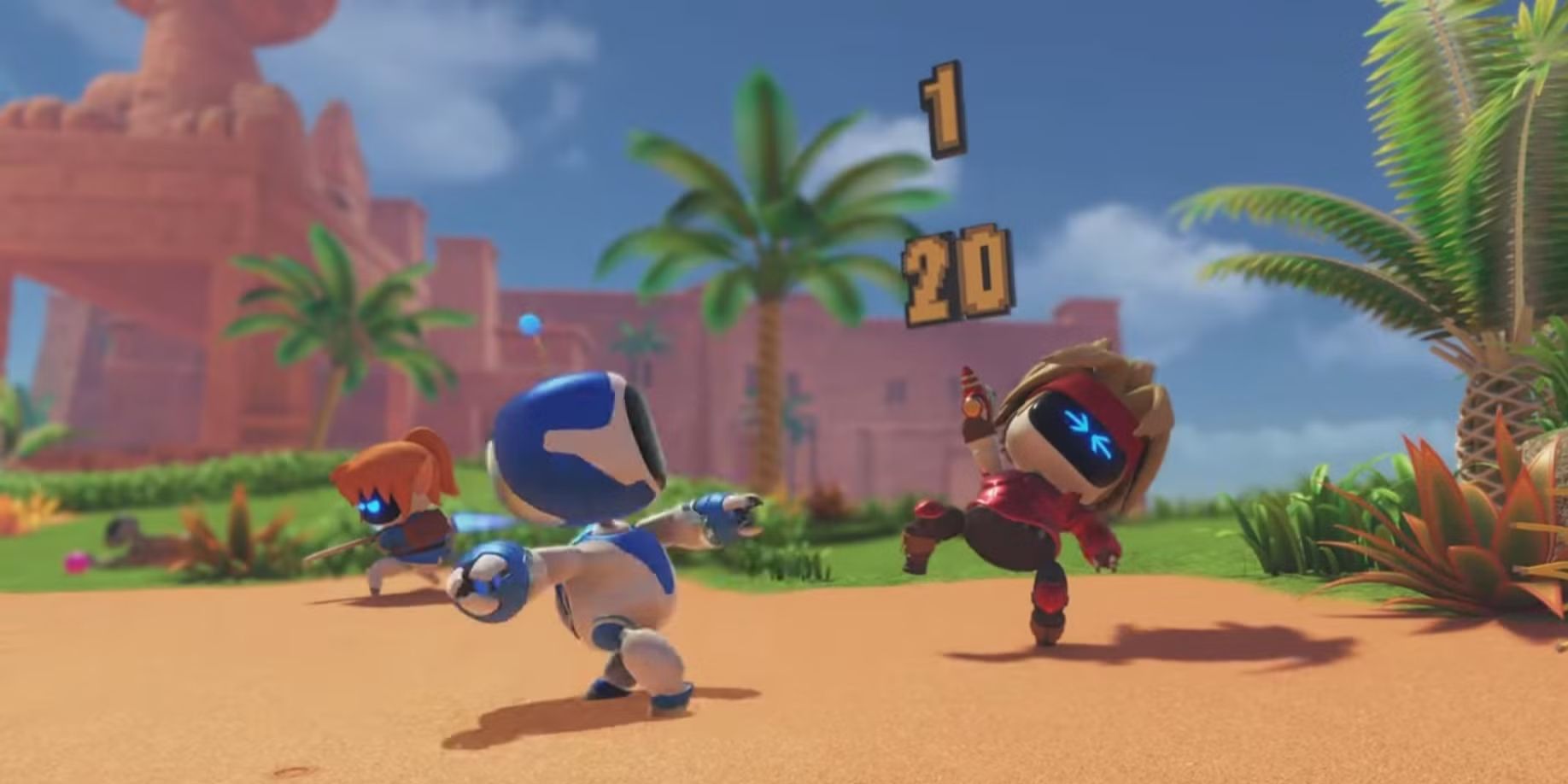
The Legend of Dragoon was released in the United States on June 13, 2000, months after the PlayStation 2 launched in Japan but months before its U.S. release. This timing is notable, as the original PlayStation was entering its lame duck stage, making it important for new PS1 games to justify why players should stick with the older console.
Come twenty-five years later, however, The Legend of Dragoon is now seen as one of the most underrated PS1 video games, as well as one of the most underrated RPGs available on the PlayStation. Its salvaged reputation has been noted by Sony, who have gone out of their way to reference The Legend of Dragoon wherever they can.
A more recent example is the game Astro Bot, which is filled with references to a myriad of PlayStation properties, both past and present. Notably, there is a segment in Astro Bot that serves as both a loving reference and a pastiche of The Legend of Dragoon. While it’s nice that the game is getting some recognition, The Legend of Dragoon hasn’t seen a sequel or any spin-off since its release. The closest thing is a manga adaptation that came out the same year. Twenty-five years later, it’s about time for a new Dragoon game or even a full remake of the original title.

